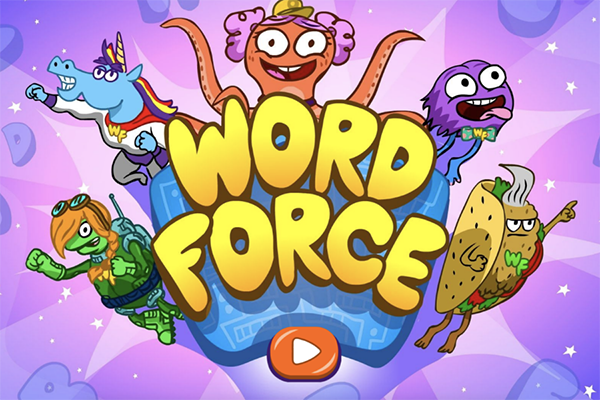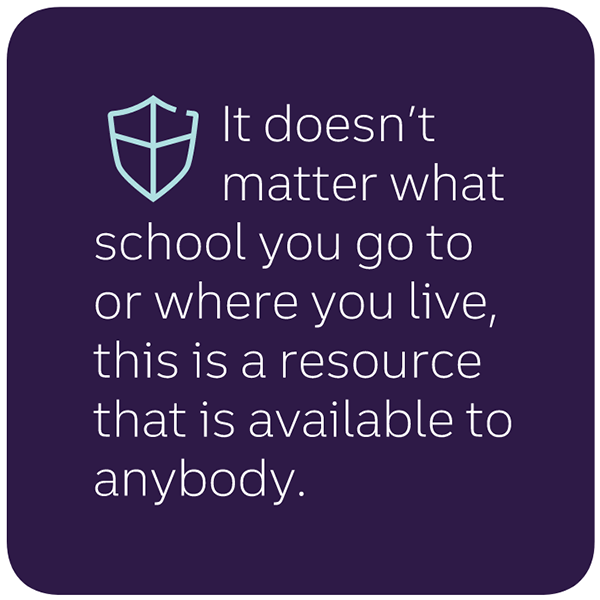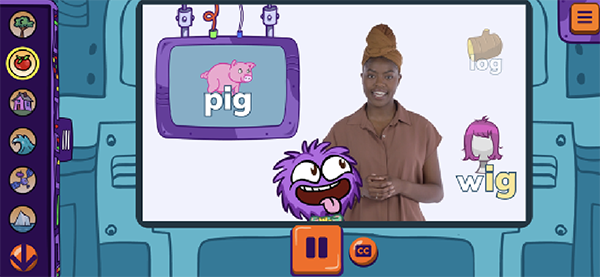
The games are fun, but they’re the result of an alarming problem: Childhood literacy has long been a concern, and with the pandemic came even more children who fell behind in reading skills. Struggles with literacy can be long term, affecting kids’ intellectual and emotional development.
Third graders who aren’t proficient in reading are four times more likely to drop out of high school. If students don’t read well by third grade, they won’t have the necessary skills to keep learning. Brittany Brown, student leadership programs manager at Truist Leadership Institute, explains it this way: “First, you’re learning to read, and then you’re reading to learn.”
Third graders who aren’t proficient in reading are four times more likely to drop out of high school.
—National Conference of State Legislatures, “Pre-Kindergarten–Third Grade Literacy”
First, you’re learning to read, and then you’re reading to learn.
Alarmed, Kelly King, retired executive chairman, CEO, and board member of Truist, contacted the digital education company EVERFI to see if they could make a difference together. Truist began working with EVERFI in 2010 to provide financial education to high school students in a program called Truist Financial Foundations. Today, more than a million students have participated in the program, increasing their financial knowledge by an average of 78%.
It was time to do the same for early literacy.

EVERFI suggested a game as an appropriate way to improve early literacy. “Building a game can teach these fundamentals, and reach students where they are,” says Brown.
From experience, Truist knew that EVERFI would get the game into the hands of children who really needed it. And so began WORD Force.
What is WORD Force?
WORD Force features 15 fun “save the world” games that teach K–2 children the fundamentals of reading. Free to parents and educators, each game focuses on a subskill, from letter recognition to reading comprehension with phonological awareness. As children learn each skill, they level up to a more challenging game, going on missions with the WORD Force superheroes under water, in the clouds, and even in space.
“That it’s free sets it apart from other platforms,” says Heidi Schoonover,

senior vice president, director of Community Reinvestment Act Strategic Programs and Initiatives at Truist. “It doesn’t matter what school you go to or where you live, this is a resource that is available to anybody.”
Schoonover and other Truist teammates virtually joined a classroom of South Carolina second graders for an event demonstrating what the students have learned using the platform. “We could see the kids dancing around and hear them answering questions and engaging in the program,” she says. “It was fun to see them recognize the characters from the game, and get excited that they knew the answers.”
Teachers in the classroom agree.
“Students discover their love of phonics, sounds, spelling, and sight words,” says Jessica Geldore, an elementary school teacher in Lemoore, California. “This is something I can incorporate into my students’ day during independent instruction. I like how this game is at every student’s pace and they can always go back to it when they don’t pass a lesson.”
That repetition is a powerful tool.
“Reading isn’t something you teach in one lesson,” says Elizabeth Figoni, vice president of enterprise partnerships at EVERFI. “It’s something that needs to be practiced.”
And there’s little worry about too much screen time: Playing for just 10 to 15 minutes a day is enough to help get students’ skills aligned with state and national standards for literacy.
How a pandemic increased the need for WORD Force

At the end of January 2020, Truist and EVERFI launched a pilot WORD Force program in 684 schools. Once students were learning from home in response to the COVID-19 pandemic, EVERFI had to change their course, literally and figuratively. But they met the challenge quickly.
Within weeks of the lockdown, EVERFI launched a website that made the games available at home. It was a hit; Figoni saw a huge uptick in the use of the new family portal to access WORD Force.
And they saw something else. While the program is designed for grades K–2, younger and older students were using it, too.
The success of the pilot led to ideas for improving it. “That helped ignite the conversation between Truist and EVERFI: How do we expand our model and make it accessible to students wherever they’re learning?” says Figoni.
Early literacy is something she won’t stop fighting for, because “the opportunity to learn to read and enjoy reading is a lifetime gift,” she says.
The gift of early literacy goes nationwide

To continue giving that gift, in September of 2021, Truist and EVERFI announced the expansion of the original program, creating a national hub for elementary school students that’s now called WORD Force Universe. Children can access the site whether they’re learning at home, in school, or at a community-based organization.
“The program is available at no cost to teachers and families because of Truist’s generous sponsorship,” says Figoni.
Schoonover says that sponsorship is a differentiator for Truist. “Traditionally, financial institutions aren’t the first to be brought to the table on this type of issue,” she says. “I’m excited about Truist helping address the early literacy issue that exists in our country.”
Making this childhood literacy tool even more accessible
Be on the lookout for enhancements to WORD Force. To reach students anywhere they might be learning, the program will soon offer a mobile app, along with instructional videos from teachers and an e-book library.
To be even more effective, EVERFI has entered a two-year observational study that will be followed up by a one-year efficacy study to explore who WORD Force is helping and how it’s helping them. Figoni says, “My hope is that this will inform additional gaps in this journey, and that we can identify other ways that EVERFI, Truist, and digital education in general can support students learning to read.”
Want to see another way Truist cares? These Truist teammates took a shot at helping a client’s son.